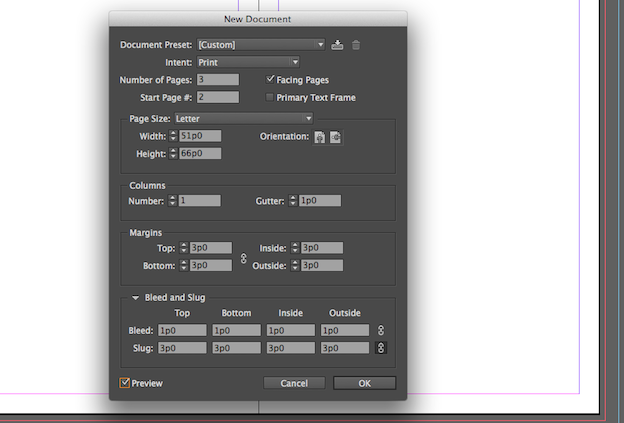

With the title highlighted, choose Courier New from the control panel at the top. We’ll also use a nice sans serif for the additional text that we have on the back, and for the author’s name. I’m using Courier New for the title because it makes sense for this book. Don’t forget to add this second colour as a swatch. In my case, I’m picking the light yellow from the hat. Select a colour from the front cover that you’d like to use, and click-and-drag it. In the lower-right corner, you’ll see an eyedropper. Highlight the text, go to the Fill and Stroke settings (which will now show the T symbol for type, instead of the square swatch) and double-click the fill colour. Now add in your title – here, ‘Anonymous Phan’. When something looks out of place, it can help grab attention on the shelfĬreate a text box that spans from live area to live area on the front cover using the Type tool. I love how the scribble from the front wraps the spine. Jump over to the Swatches panel and add this colour as a swatch. Next, select the Eyedropper tool and, with the rectangle selected, choose one of the colours from the image on the front and spine (I’ve chosen a blue tone). The default black fill will work for now. In the Fill and Stroke settings, set it to have no stroke. This way, InDesign will calculate and resize everything in one step. InDesign lets you type the addition of the bleed right into the Width and Height fields, so type 5.5 + 0.125 for the width, and 8.5 + 0.25 for the height. We know the width is 5.5 and the height is 8.5. If you have trouble getting it exactly the right size, use the Width and Height fields in the control panel to put in the correct measurements. First, grab the Rectangle tool – not the Rectangle Frame tool – and draw a box covering the back panel, bleed to bleed. Let’s add a background colour to the back of the book. The background for all three pages has been positioned, and is waiting for the text Design the background of the cover and spine


Now your spine is the right size, and you can drop in your design. Enter the value you calculated here – in my case, it’s 1.6704 inches. With the Page tool still selected, you’ll see a Width field in the control panel at the top. To calculate the spine width, find the thickness in inches and multiply by page count: 348 x 0.0048 = 1.6704 inches. Let’s say you have 348 pages and use 60lb stock.
SLUG INDESIGN HOW TO
This chart will give you an idea for selecting the appropriate page thickness, and shows how to calculate the spine width. You’ll also need to know the paper thickness for the inside pages of the book, which is called ‘text stock’. You must know the number of pages in the book – which will always be a multiple of four, even if it means including blank pages. There are two major pieces of information you need to calculate the width of a perfect bound spine. Use this chart to find the weight of paper you want and calculate the spine You have now set the bleed and live areas in your document. We’ll leave the slug alone, so click okay. Give yourself a minimum of 0.125 inches I prefer 0.25 inches for a lot of projects. Next, let’s set the margins: this will be the guide for the live area in our document. 0.125 inches is a standard bleed area, but don’t be alarmed if your printer asks for something different. InDesign calculates bleed by ⅛ inch increments, so if you click the up arrow, it will change the bleed from 0 to 0.125 inches (which is the same as a ⅛ inch). To set this area up, go to the bottom of the New Document dialog.

This is so if anything shifts in printing, you'll still have a small margin for error before the final cover is accidentally cropped. Have you ever tried to use scissors to cut the border off an image you printed? It’s difficult not to get little white edges if you’re cutting right where the colour transitions to paper.Īnything that’s meant to go off the edge of the page should extend to the bleed boundary when you’re setting up a template like this one. We still need to set up the bleed, which is when the images, text or colours are printed all the way to the edge of the paper. This diagram shows your bleed, trim and live areasĭon’t click okay just yet.


 0 kommentar(er)
0 kommentar(er)
